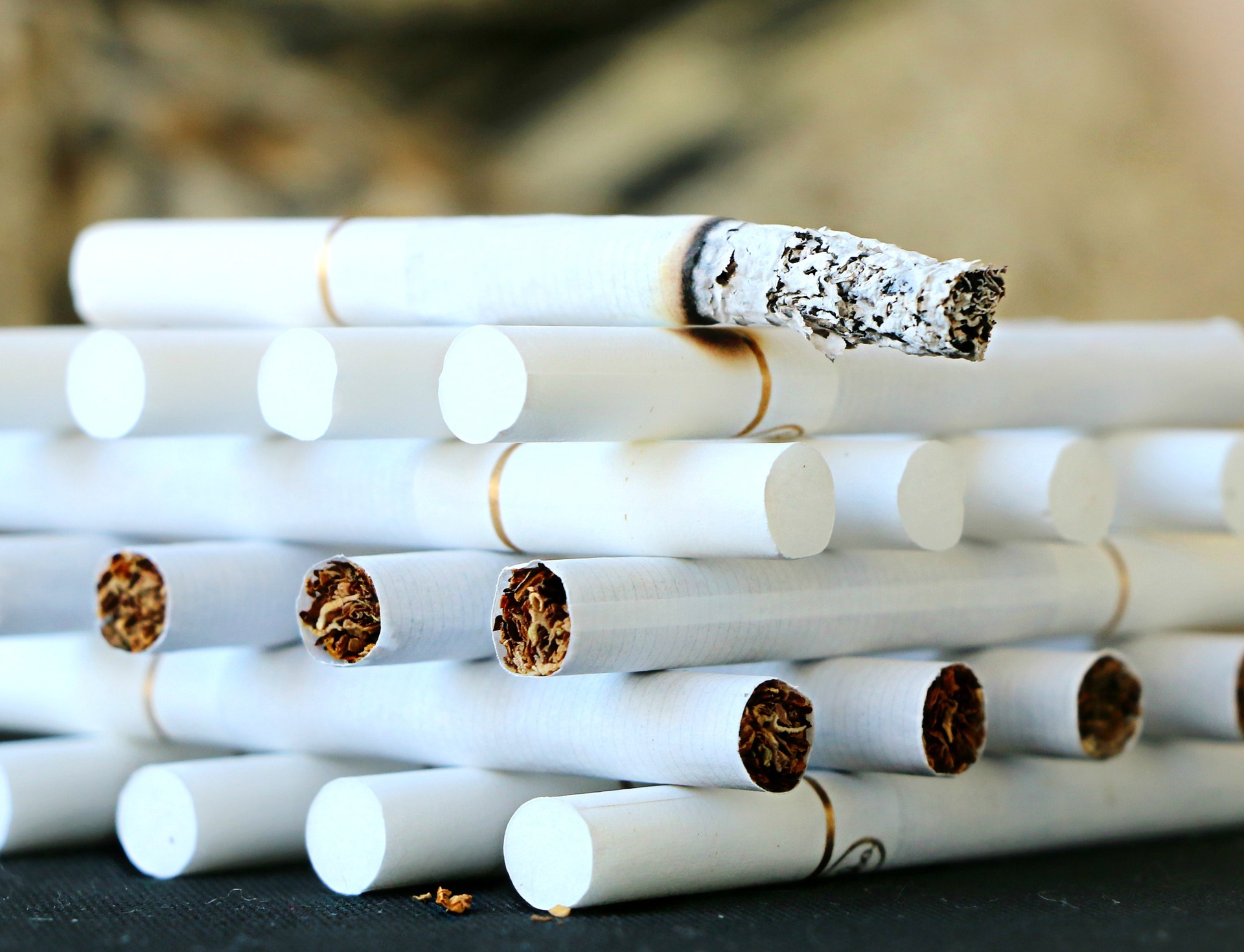Britt Bradman
Staff Writer
After increasing concerns about the dangers of adolescent exposure to nicotine, new age restrictions on purchasing tobacco were passed in an effort to curb youth vaping and addiction.
Collaboration and research between the Federal Drug Administration and the Center for Disease Control and Prevention (CDC), skyrocketing e-cigarette use and high levels of underage consumption led lawmakers to make the decision Dec. 13, 2019.
Mary Beth Bender, the Interim Director and Primary Care Nurse Practitioner at the University of Wyoming Student Health Services, said she has not seen any vaping-related illnesses on campus thus far. However, she is certainly aware of the growing crisis and does not have much faith in the new law’s impact.
“From a healthcare perspective, if it will cut down on the use, I’m absolutely in favor for it… but I’m not sure how much good that law is going to do,” she said.
UW students, many under the age of 21, provide a large customer base for the local Laramie tobacco and vape shops. Up n Smoke Jr., a vape shop within walking distance from the dormitories, specifically advertises to college students- a sign outside the store on Grand reads “Welcome Back, College Students!”.
The bill, which came into effect in the new year, mentions how advertisements for electronic cigarettes target a younger demographic, leading to early addiction and use. According to the New York Times, raising the legal smoking age to 21 has been supported by many companies in the tobacco and cigarette industry, since it could alleviate backlash against marketing that appealed to minors.
Unfortunately, health concerns about adolescent vaping that drove Congress to pass the bill are still vague. The CDC has reported a total of 2,711 hospitalized vaping-related cases from all 50 states, and 60 deaths in 27 states as of last Tues. It is possible that allergic or immune reactions to various chemicals in inhaled vapors caused these fatal lung problems, but experts are still not sure.
The CDC has named a newly identified disease linked to vaping EVALI (e-cigarette or vaping product use-associated lung injury). It is still unclear exactly how the condition develops, but CDC officials say THC (a marijuana-derived chemical), not nicotine, has been detected in most of the case samples so far. Plenty of research exists on tobacco products like cigarettes, but research on the effects of vaping is still lacking.
Although the law raised the legal age to 21 for all forms of tobacco, vaping has become one of the most popular and widely-used methods of using tobacco, for teens especially. Bender said she supports the law’s intended consequences to cut down on adolescent vaping, allowing for more maturity in brain development, but after hearing the Cheyenne Police Department’s hesitance to enforce the law, she said she is unsure how much of that will really happen.
Bender said her concern about the law’s real impact and enforcement is perfectly legitimate-the increased age restriction may not keep teens from purchasing and using nicotine. Since the new law is federal, state law enforcement cannot take any action.
However, the Wyoming Tribune Eagle reported there is currently a proposed bill in the Wyoming Legislature that would raise the age for someone to buy or possess nicotine from 18 to 21. If passed, this bill would give state law enforcement more power to reduce the purchasing and consumption of tobacco.
The lack of state law enforcement shows in all criteria measured in the latest American Lung Association’s “State of Tobacco Control” report yesterday. Wyoming received F’s in the categories “Minimum Age of Sale for Tobacco Products to 21,” “Strength of Smoke-free Workplace Levels” and “Level of Tobacco Taxes.”
The report reinforces what many have speculated-without additional work on raising tobacco taxes, increasing funding and access to services to quit tobacco and perhaps bringing the age restriction law to the state level in Wyoming, the vaping crisis might be harder to tackle than was previously thought.
Bender said she is more than happy to see any students trying to tackle their nicotine addiction in Student Health.
Depending on the severity of the student’s symptoms, she said she would “start with a chest X-ray, and go from there… if the student is experiencing a lot of trouble breathing and low oxygen levels, we’d send them to the emergency room.”
Healthcare providers there can prescribe prescription medication and recommend resources, including the Wyoming Quit Now website. There is no charge for an office visit and no need for student or personal insurance for full time students. She also encouraged students to come get their flu shot, especially those who use tobacco, since they are at a greater risk.



